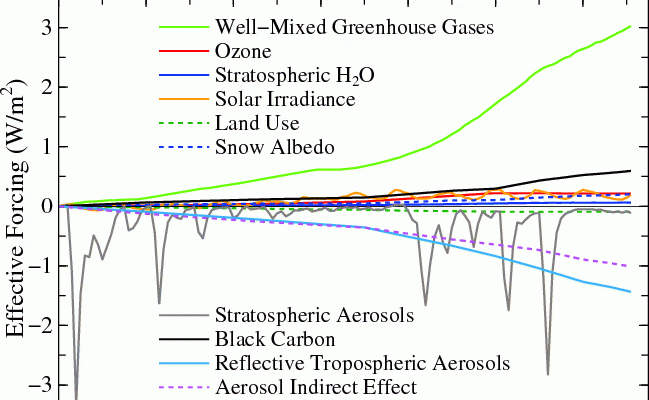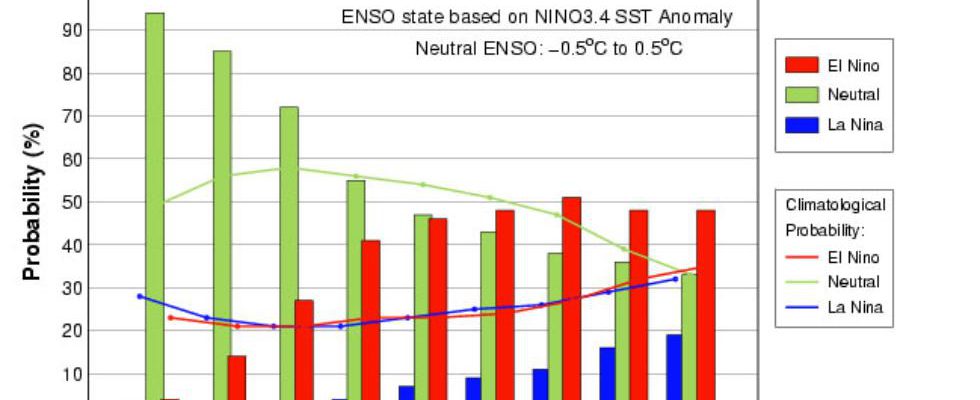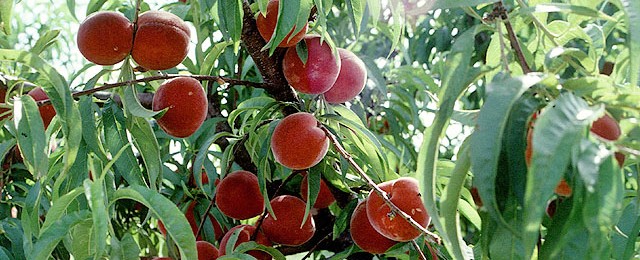-

The American Geophysical Union blog from February 18 discusses the “real surprise” behind the 3rd hottest January on record, which occurred last month. One of the things I thought was really interesting about the article was a graph which showed the trend lines for all of the different radiative forcings that are acting on the…
-

A recent study on droughts in the Middle East shows that the recent droughts that have plagued the area are the worst in at least 1100 years, according to a story this week in the American Geophysical Union blog. The scientists in the study collected a stalagmite from a cave in Iraq which contained growth…
-

A new handbook which describes the different types of drought indicators is now available from the World Meteorological Organization. It is available in several languages and also online. You can access it at https://www.droughtmanagement.info/handbook-drought-indicators-and-indices/.
-

Jonathan Belles of the WunderBlog posted a new article this week about the increasing potential for El Niño to return by late summer. While it is by no means a sure thing, the probabilities for a return to El Niño are increasing, and are higher than the probabilities for neutral conditions by the July-September period.…
-

The US Environmental Protection Agency has a new publication available which describes some methods local communities can take to prepare for and adapt to changes in climate. A list of chapters in the publication is below. Chapter 2: Overcoming Barriers to Climate Adaptation discusses potential social and legal barriers. Chapter 3: Overall Strategies discusses smart…
-

Last week I reported that the Oroville Dam in northern California was in danger of losing its capacity to hold back water from the reservoir there, the second biggest one in California, due to a damaged spillway and water overtopping the emergency overland spillway due to heavy rains in the area. Hundreds of thousands of…
-

WABE in Atlanta reported this week that the lack of chill hours this year is becoming a real concern to peach farmers in Georgia. Most varieties need close to 1000 chill hours to set a good fruit crop. Last year they had about 750 and the yields were down by 20 percent. This year most…